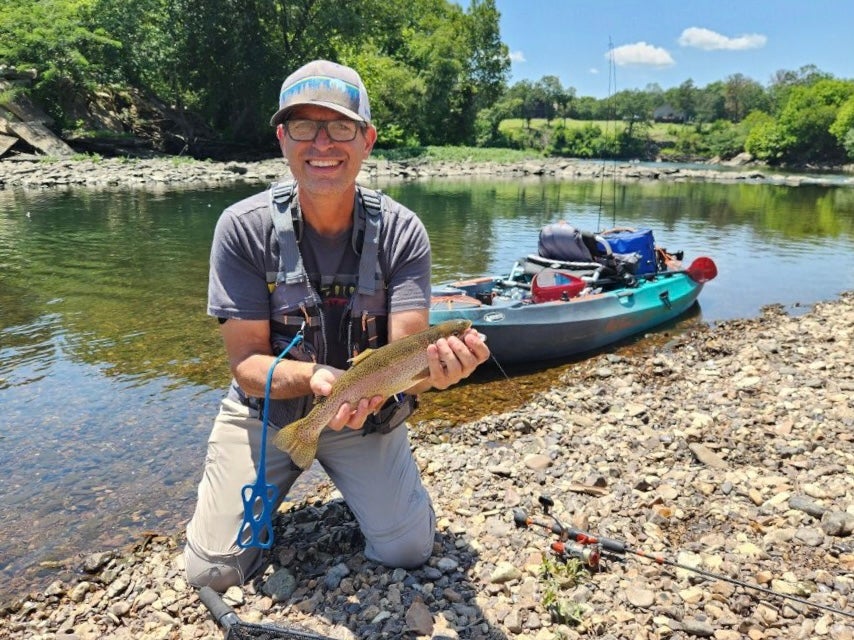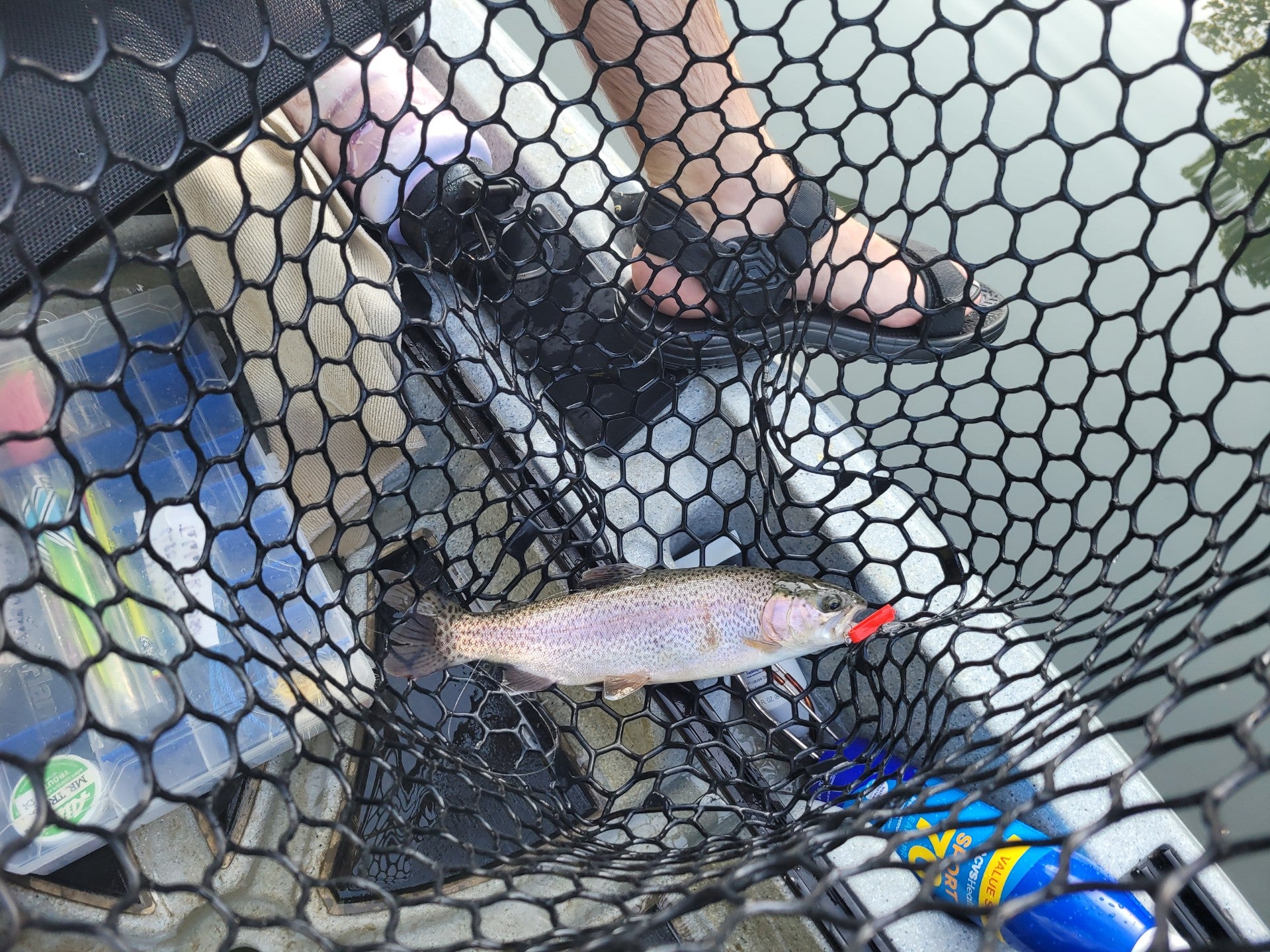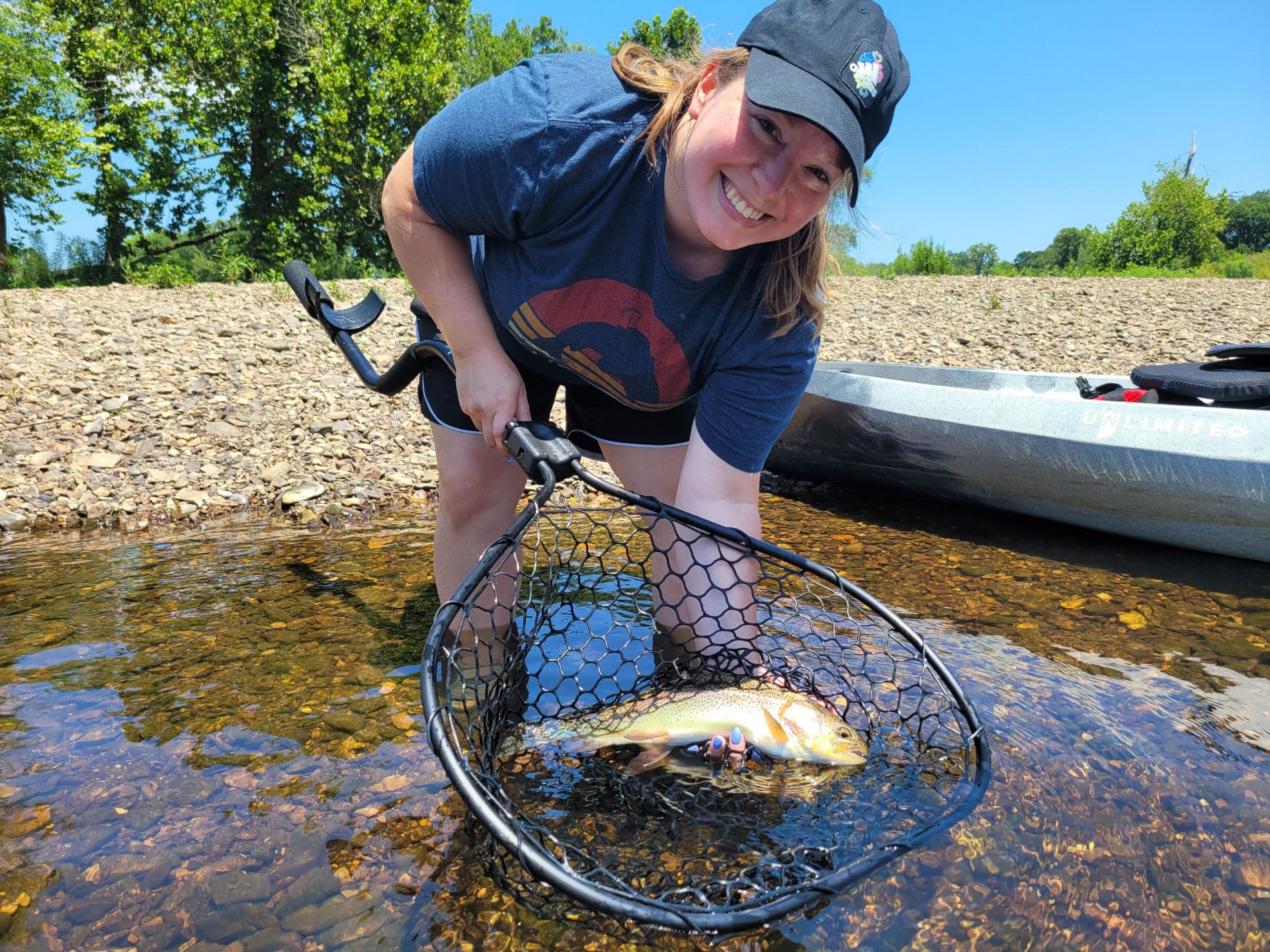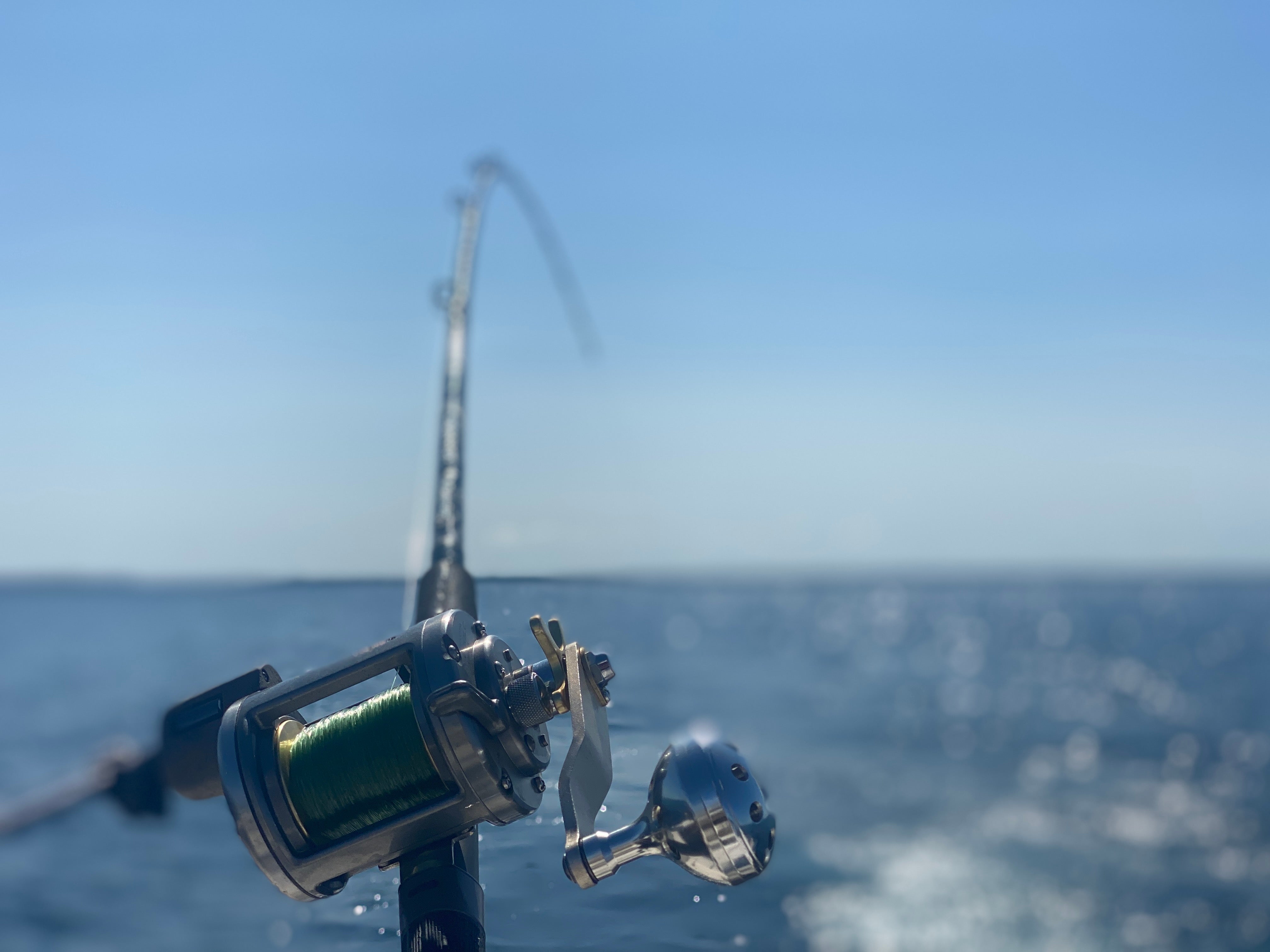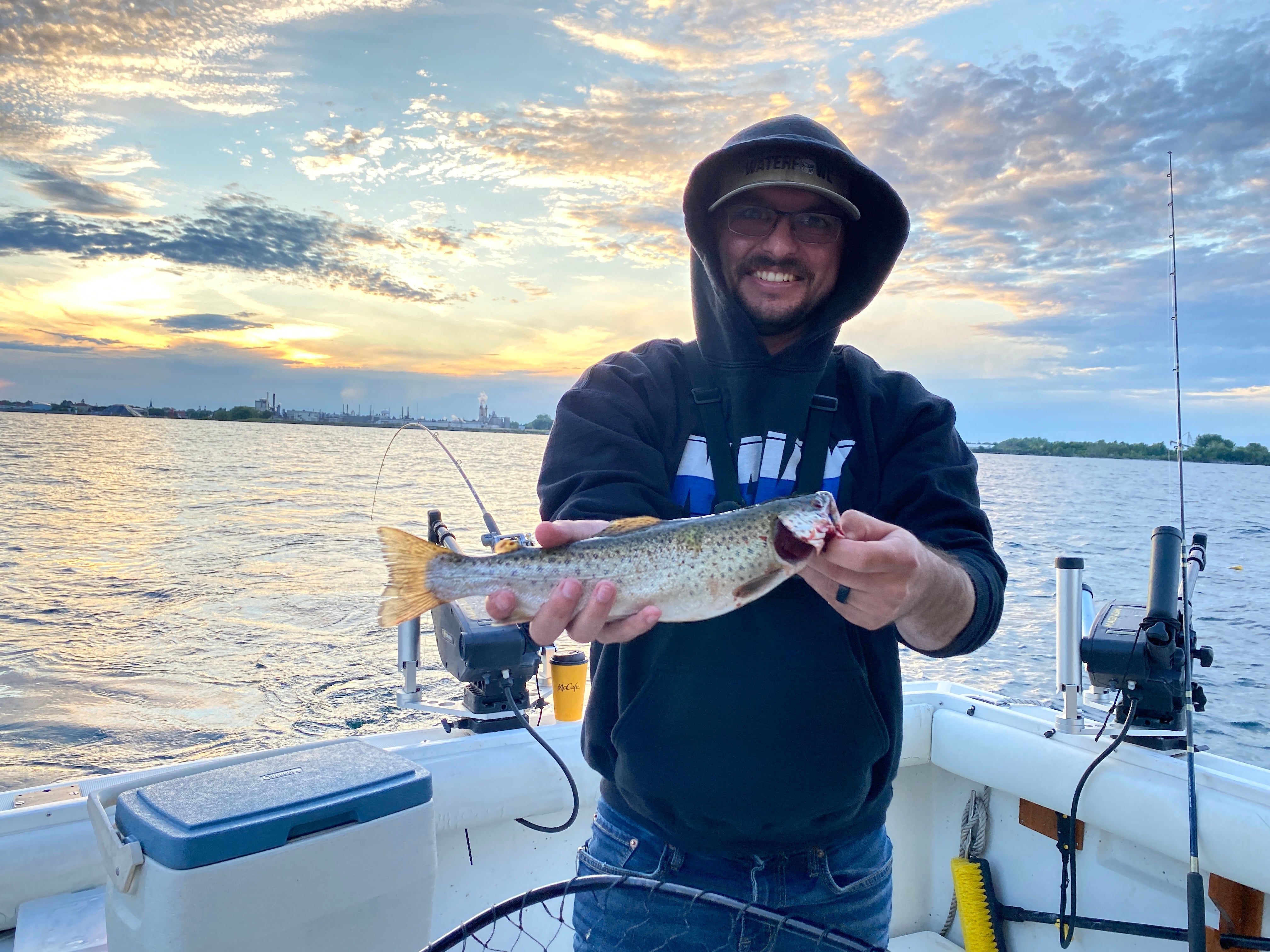How to Fish for Trout: Trout Fishing for Everyone in 2025
Wes Littlefield 06.24.25
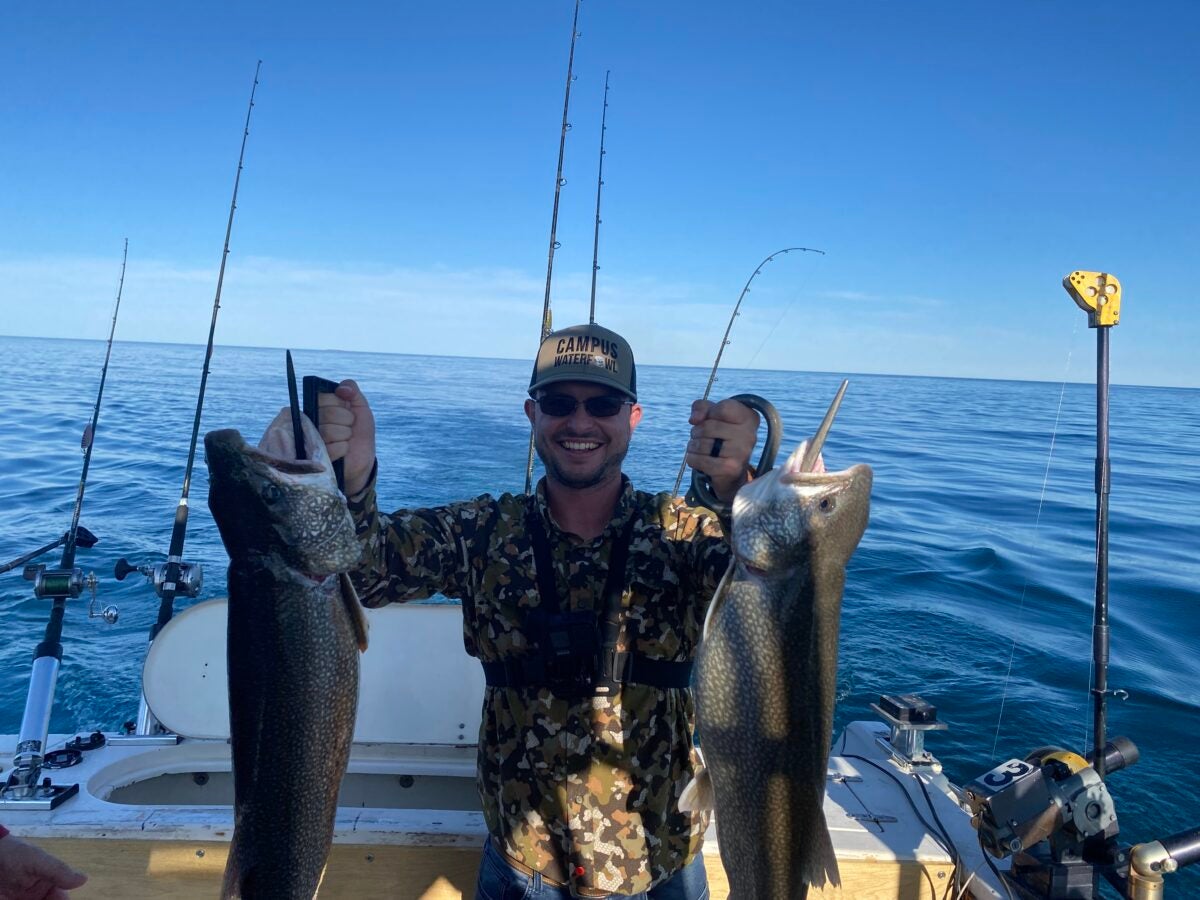
There’s a broad appeal to trout fishing because of the numerous ways to learn how to fish for trout. I’ve fished across the US and found at least four ways to catch a trout. Each species is unique and often requires a slightly different approach. The four most common ways I’ve used to catch trout are fly fishing, casting artificial lures, using bait, and trolling. Let’s break down these techniques so you can use the one that best suits your situation.
Fly Fishing for Trout
When most people think of trout fishing, they think of fly fishing. It’s a challenging and fun way to catch trout in streams, rivers, and impoundments. Fly fishermen and women use artificial lures called flies that mimic an insect or small forage fish to entice the trout into biting. Fly fishing takes lots of patience and skill. I’ve found it the most challenging way to fish for trout and the most rewarding.
You don’t need much fly fishing gear to get started catching rainbow, brown, cutthroat, and many other trout species.
Most fly fishers wade and cast, but it can also be done from the bank. When fly fishing a creek or river (a spot with some current), cast (or lay) the fly upstream and allow it to float downstream to the trout. Set the hook when you get a bite and pull (strip) the fly line back to you to land the trout; don’t try reeling it in like traditional fishing.
You will often need to change your approach depending on the type of fly you’re using, but the general concept of fly fishing is to be as stealthy as possible while getting the fly into the strike zone.
Casting for Trout
My favorite way to catch trout is to cast for them with artificial lures, such as spoons, small crankbaits, and spinners. This approach is very similar to bass fishing, as you often target structure and cast around it. I use this technique in rivers and ponds, where trout are stocked.
I like to use an ultralight spinning rod and reel with 4-6-pound test fishing line. To get the most bites, I cast at current breaks and depth changes where trout prefer to spend their time. I enjoy casting from my kayak, bank, and while wading.
You can also cast for lake trout. I would upsize my gear in that situation because they grow much larger than the trout I typically target (rainbows and browns). If you or your kids find fishing boring because you’re constantly waiting for something to happen, casting for trout will help keep you engaged because you’re constantly doing something.
Using Baits for Trout
I grew up using bait to catch trout. The approach was nearly identical to casting for trout, except it mimicked catfishing. Baiting a tiny size 10 hook with PowerBait dough, artificial salmon eggs, corn, or worms, and tossing it in a deep hole or near a current break has worked best for me and my family. The PowerBait floats off the bottom, so you’ll need a small weight to keep it about a foot from the bottom. However, other baits sink, like artificial salmon eggs, so you must suspend them using a bobber or fish them on the bottom.
Most trout I catch with this technique are stocked rainbow and brown trout in rivers, ponds, or small lakes.
Trolling for Trout
One of my most recent discoveries for catching trout is to troll for them. Using this technique, I’ve caught monster lake trout and brown trout in Lake Huron, and my parents have trolled for rainbow trout in a couple of small lakes in Colorado.
Trolling is one of my favorite ways to fish because it’s relaxing, exciting, and even if you don’t catch anything, you get to go on a fun boat ride. You’ll need a boat and lures like spoons to troll. In Lake Huron, we needed outriggers to get our lures down to the fish, but that isn’t always necessary.
Slowly pulling your lures around structure and depth changes is the best way to fish for trout while trolling. You’ll likely need to adjust your speed depending on the depth your lures need to reach and the trout’s attitude for the day.
Last Cast: How to Fish for Trout
There are many ways to fish for trout; in fact, I believe there are as many ways to fish as there are anglers. These are just four of the most common ways that have worked for me, and I know they’ll work for you as you learn how to fish for trout.
